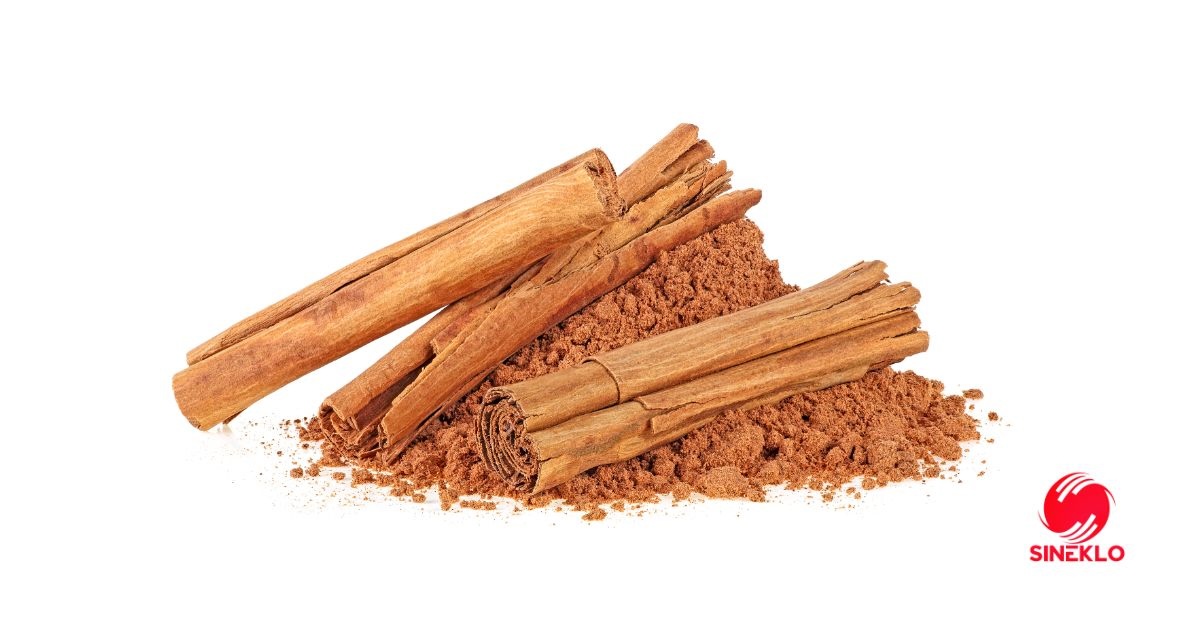Ceylon Cinnamon True Cinnamon
Ceylon Cinnamon
The Importance of True Ceylon Cinnamon:
Authenticity: True Ceylon cinnamon, scientifically known as Cinnamomum verum or "true cinnamon," is renowned for its authenticity and superior quality.
Health Benefits: It offers numerous health benefits. As per regulations we are not supposed to indicate health benefits here.
Distinct Flavor: True cinnamon boasts a delicate, sweet flavor profile with subtle citrus notes, making it a preferred choice in culinary applications.
Gentle Aroma: Its aroma is characterized by a warm, comforting fragrance, enhancing the sensory experience in various dishes and beverages.
Specialty of Alba Cinnamon (Best Category):
Highest Grade: Alba cinnamon represents the pinnacle of quality within the Ceylon cinnamon spectrum, renowned for its exceptional purity and flavor.
Pale Color: It is distinguished by its pale, light tan color and delicate texture, signifying a high concentration of essential oils and desirable flavor compounds.
Mild Taste: Alba cinnamon offers a mild, nuanced flavor profile, devoid of any harsh or bitter undertones, perfect for both sweet and savory dishes.
Rich History: Alba cinnamon has a rich heritage dating back centuries, prized by ancient civilizations for its medicinal properties and culinary versatility.
Sourced from Sri Lanka: Our Alba cinnamon is sourced directly from Sri Lanka, ensuring authenticity, sustainability, and support for local communities.
By importing True Ceylon Cinnamon, specifically the esteemed Alba variety, we uphold a commitment to quality, purity, and tradition, offering our customers the finest cinnamon experience available.
True Cinnamon (Ceylon Cinnamon):
Botanical Name: Cinnamomum verum.
Origin: Mainly cultivated in Sri Lanka (formerly Ceylon), but also found in parts of India, Madagascar, and the Caribbean.
Appearance: Thin, delicate bark that forms multiple layers when rolled; light tan to light brown in color.
Flavor Profile: Delicate, sweet with subtle citrus undertones; less pungent and spicy compared to cassia.
Culinary Uses: Ideal for desserts, pastries, beverages, and delicate savory dishes; pairs well with fruits, dairy, and mild-flavored ingredients.
Cassia Cinnamon (Chinese Cinnamon):
Botanical Name: Cinnamomum cassia.
Origin: Predominantly cultivated in China and other parts of Southeast Asia.
Appearance: Thick, rough bark with a single layer when rolled; reddish-brown to dark brown in color.
Flavor Profile: Strong, bold, and spicy with a pronounced bitterness; tends to overpower delicate flavors.
Culinary Uses: Commonly used in savory dishes, spicy foods, and commercial food products; favored in cinnamon candies and hot beverages like mulled wine.
Key Differences:
Species: True cinnamon belongs to the Cinnamomum verum species, while cassia cinnamon comes from the Cinnamomum cassia species.
Flavor and Aroma: True cinnamon has a delicate, sweet flavor with subtle citrus notes, whereas cassia cinnamon has a strong, spicy flavor with a bitter edge.
Appearance: True cinnamon has thin, multiple-layered bark, whereas cassia cinnamon has thick, single-layered bark.
Health Concerns: True cinnamon contains lower levels of coumarin, making it safer for regular consumption, while cassia cinnamon contains higher levels of coumarin, which may be harmful in large doses.
This is what Danish Food Authority says about it
Culinary Uses: True cinnamon is preferred for its mild flavor and is commonly used in desserts and delicate dishes, while cassia cinnamon is favored for its bold, spicy taste and is used in savory dishes and commercial food products.
Understanding these differences allows consumers to make informed choices based on their culinary preferences and health considerations.


